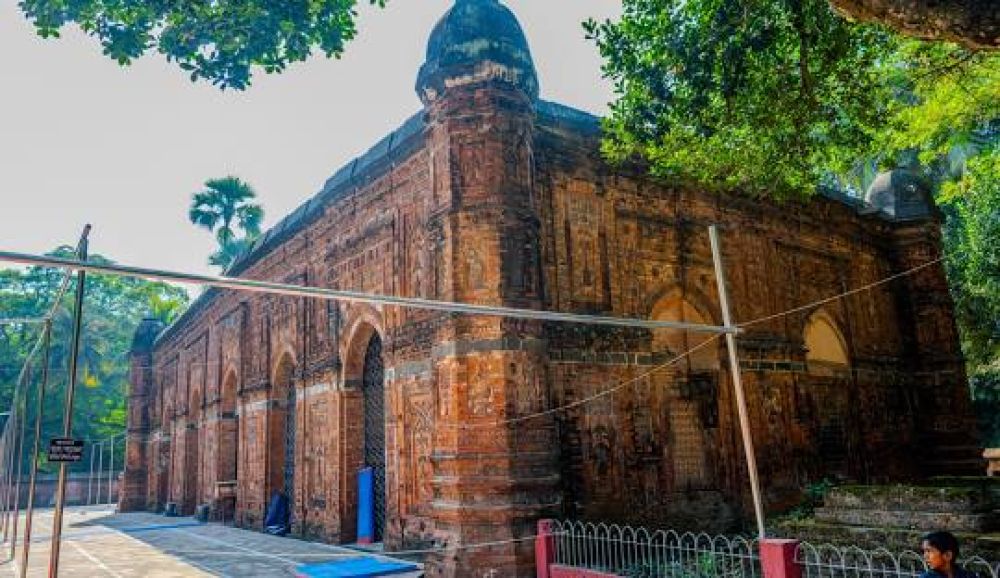

The region of Rajshahi, located in the north-western part of Bangladesh, has long been celebrated for its contributions to the country's history, arts, culture, and education. The city, also hailed as the 'Silk City' and 'City of Mangoes', has seen a gradual growth in tourism over the years, with visitors attracted to its ancient archaeological sites, religious landmarks, and natural beauty.
Tourism in Rajshahi began to thrive with the recognition of its archaeological wealth. Sites like the Varendra Research Museum, established in 1910, are among the earliest attractions that drew visitors with interests in history and culture. Additionally, the ancient ruins of the Buddhist Vihara at Paharpur, a UNESCO World Heritage Site, and the Hindu terracotta temples of Puthia, have been pivotal in anchoring Rajshahi on the tourist map.
Improvements in travel infrastructure coupled with upgrades at local airports and better road connectivity have facilitated a steady rise in both domestic and international tourism. The establishment of comfortable hotels and resorts, as well as the enhancement of tourist facilities at key sites, have contributed to making Rajshahi more accessible and tourist-friendly.
The region's rich tradition in producing exquisite silk has also been a significant draw. Tourists often visit to explore the silk-making process and purchase high-quality Bangladeshi silk as souvenirs. Furthermore, the vibrant cultural festivals, showcasing traditional dance, music, and crafts, have further enriched the attraction of Rajshahi.
More recently, ecotourism has emerged as a trend, with visitors seeking to explore the natural beauty of the region, including the Padma River, the vast mango orchards during the summertime, and the Chalan Beel, the largest water body in the northern part of Bangladesh.
In line with global tourism trends, Rajshahi has witnessed a rise in sustainable and responsible travel practices. There is a growing pursuit among tourists to engage with local communities, understand regional conservation efforts, and experience the city's way of life in a more authentic manner.
To cater to evolving travel tastes, Rajshahi has been developing niche tourism sectors, including culinary tours that introduce visitors to traditional Bengali cuisine and agri-tourism which promotes the rural and agricultural heritage of the region.
Like much of the world, the tourism sector in Rajshahi has adapted to the digital age. Online marketing campaigns and the increased presence on social media platforms have been critical in bringing greater awareness and more visitors to the region. Travelers can now easily discover Rajshahi's attractions, plan itineraries, and book accommodations through various online portals.
While the journey of tourism in Rajshahi has evolved over the years, its heart remains rooted in the charm and richness of its historical and cultural legacy, beckoning visitors to explore and experience the uniqueness of this Bengali city.